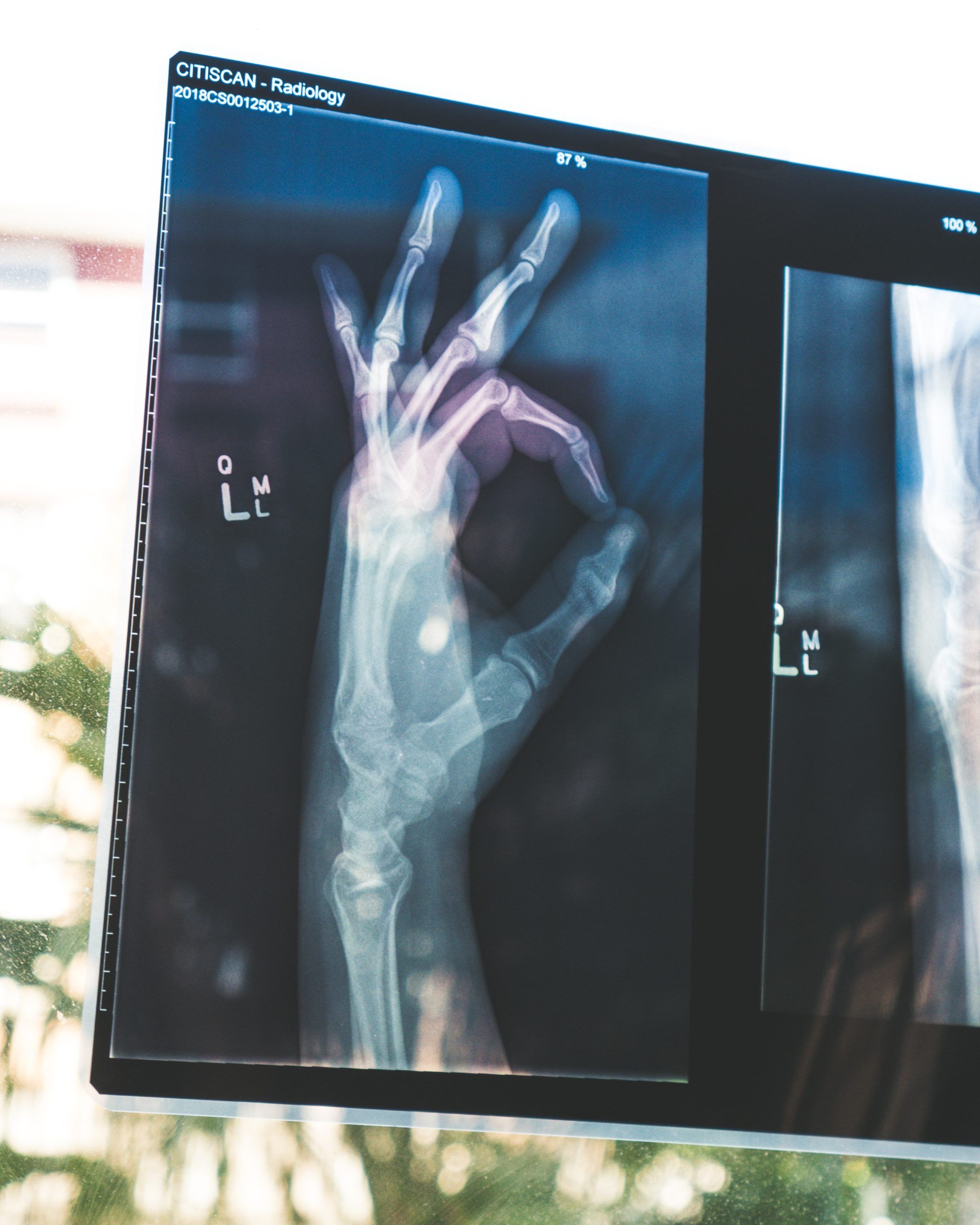
The Medical Technology Association of Australia (MTAA) has put together the Code of Practice to ensure the ethical and balanced representation of medical technologies in advertisements. This might be daunting to your marketing or communications team, who is planning on conducting medical technology advertising.
This article outlines the key requirements for medical technology advertisements in Australia. We hope it will encourage your team to look into the MTAA Code of Practice as a whole.
Advertising in relation to a medical technology includes any statement, pictorial representation or design that is intended to directly or indirectly promote the use or supply of a medical technology.
Do’s
Don’t’s:
According to the TGA Act, a Sponsor is a person who:
They do not include a person who exports, imports or manufactures the goods or arranges the exportation, importation or manufacture of the goods on behalf of another person is a resident of, or is carrying on business in, Australia.
According to the MTAA Code of Practice, a Company Representative means any person or entity engaged in representing, acting for or advancing the interests of a company pursuant to any agreement, arrangement or understanding between that person or entity and the company, including a contract of employment or other employment arrangements, or any agency or consultancy arrangement.
The rules around claims and endorsements are important. Testimonials and endorsements convey key messages around your medical technology and can be a significant part of an advertisement. All medical advertising codes contain guidance on how to use testimonials and endorsements appropriately.
These include:
Your company might want to make comparative claims in an advertisement, which is possible, however there are some requirements. There needs to be strong supporting evidence to back up this comparative claim.
Comparative claims could potentially commence competitive disputes. Therefore, it is essential to ensure that comparative claims are current, accurate, balanced. They must not mislead or deceive by implication or omission.
Additionally, an advertisement must never denigrate a competitor’s medical technology.
All companies must have policies and procedures in place describing the roles and responsibilities of Company Representatives when interacting with healthcare professionals via social media. All use of social media by companies in the promotion of medical technology to healthcare professionals must comply with the requirements of the code relating to advertising and other relevant laws and regulations.
We hope that this article has given you a better understanding of the essentials of the MTAA Code of Practice. We encourage healthcare companies to be creative, however more importantly we ensure that it is always well-balanced, ethical and law-abiding.
If you would like to talk about your medical technology advertising needs, please follow this link to book a time to speak with one of our team.